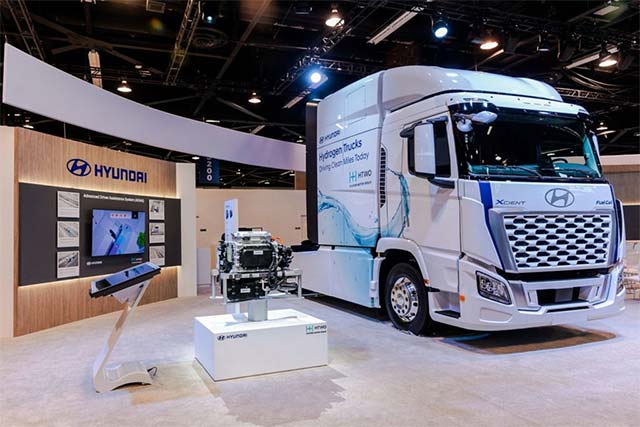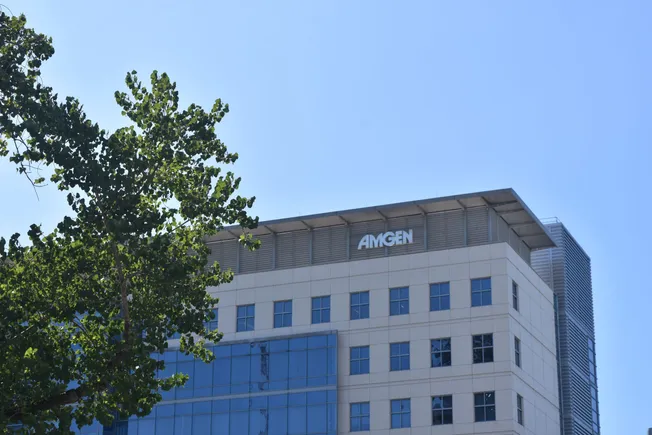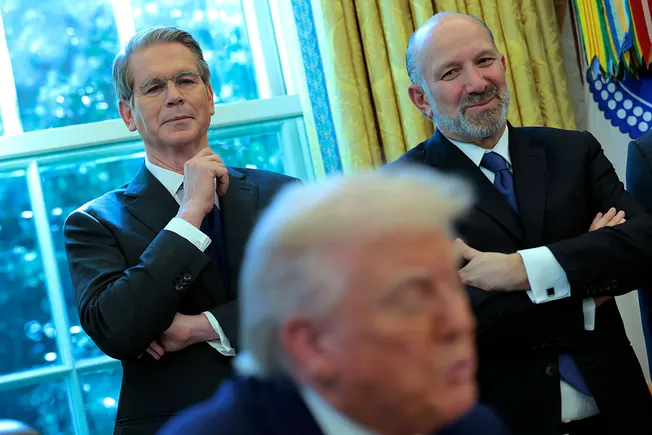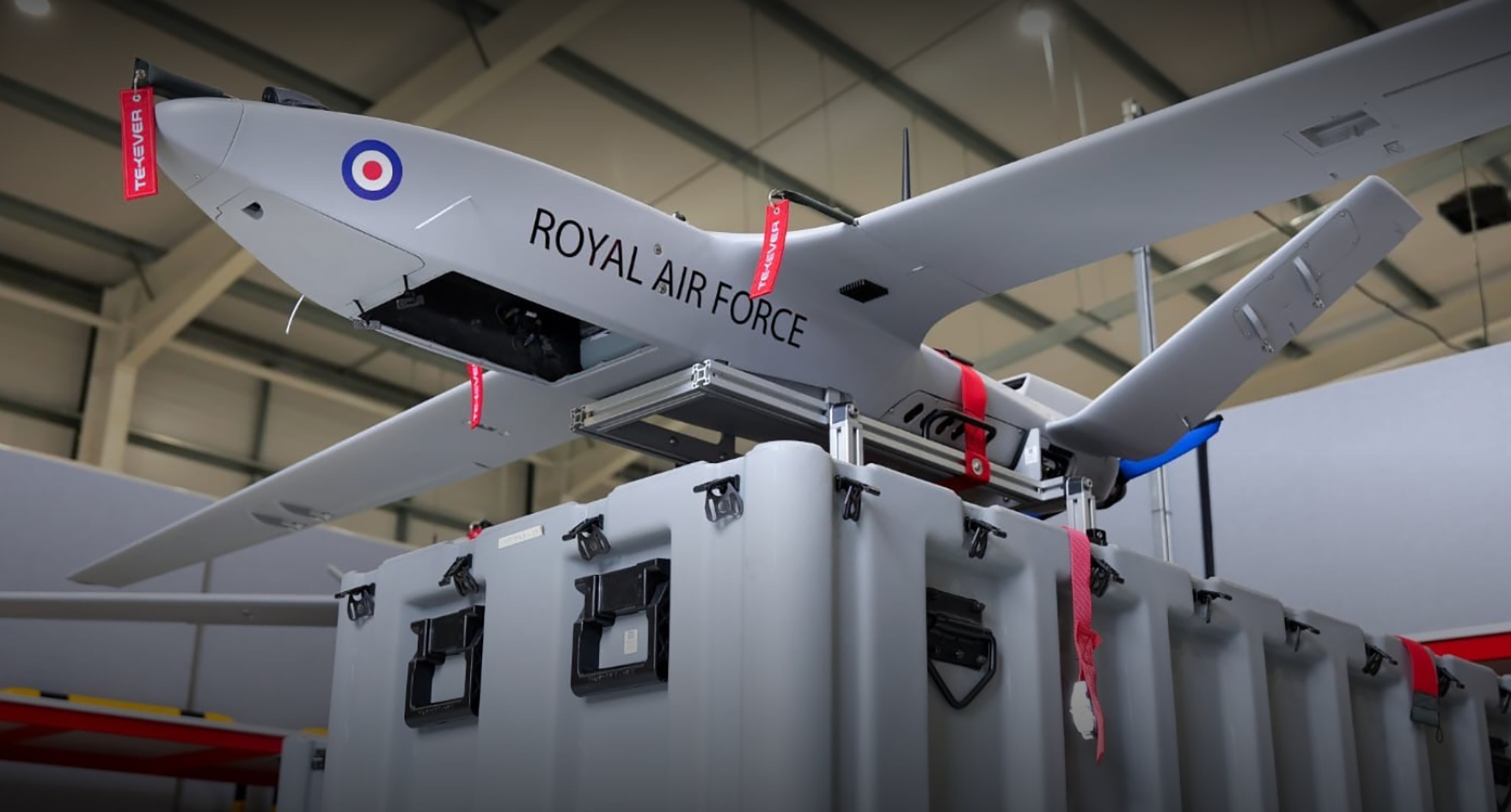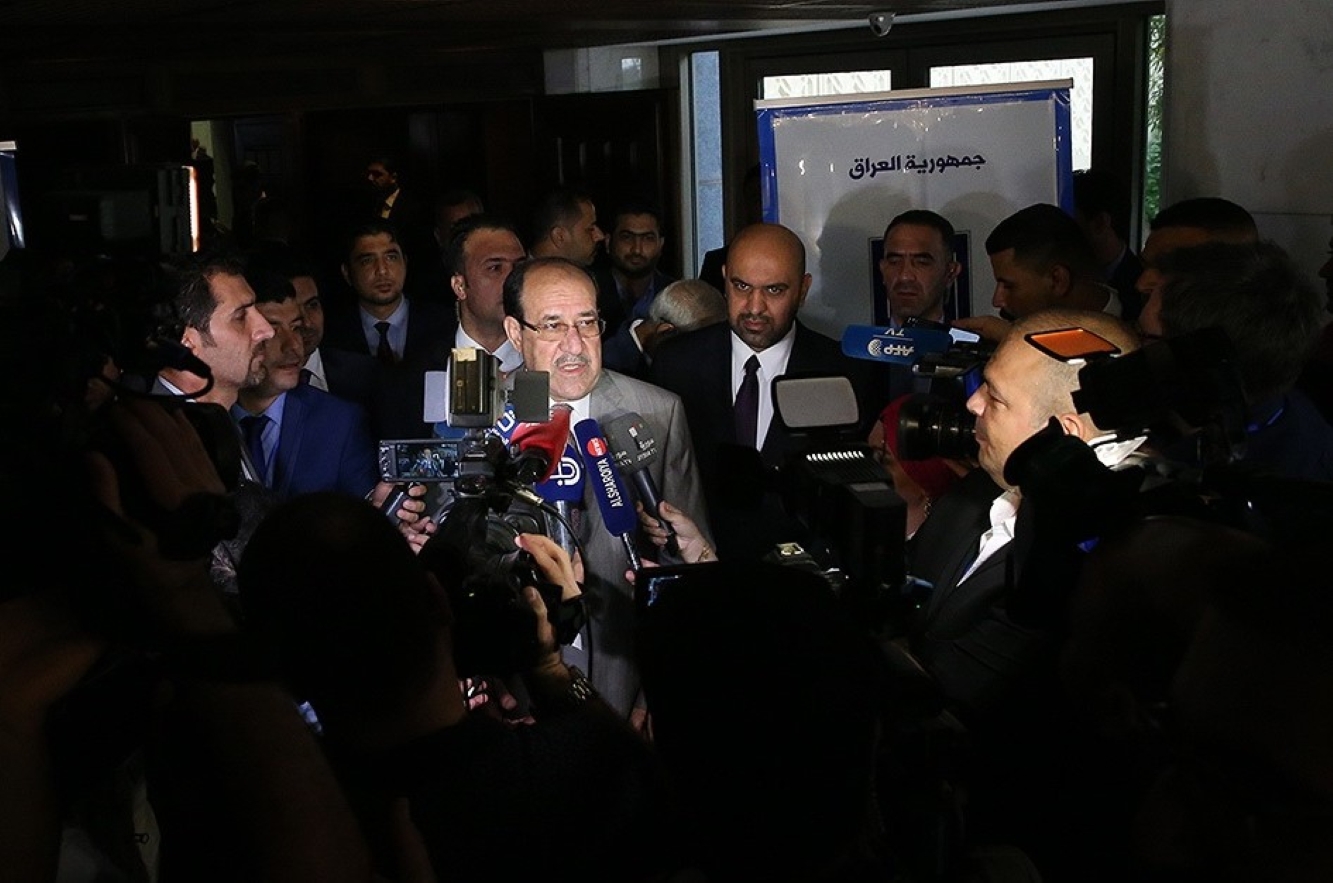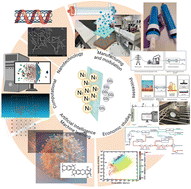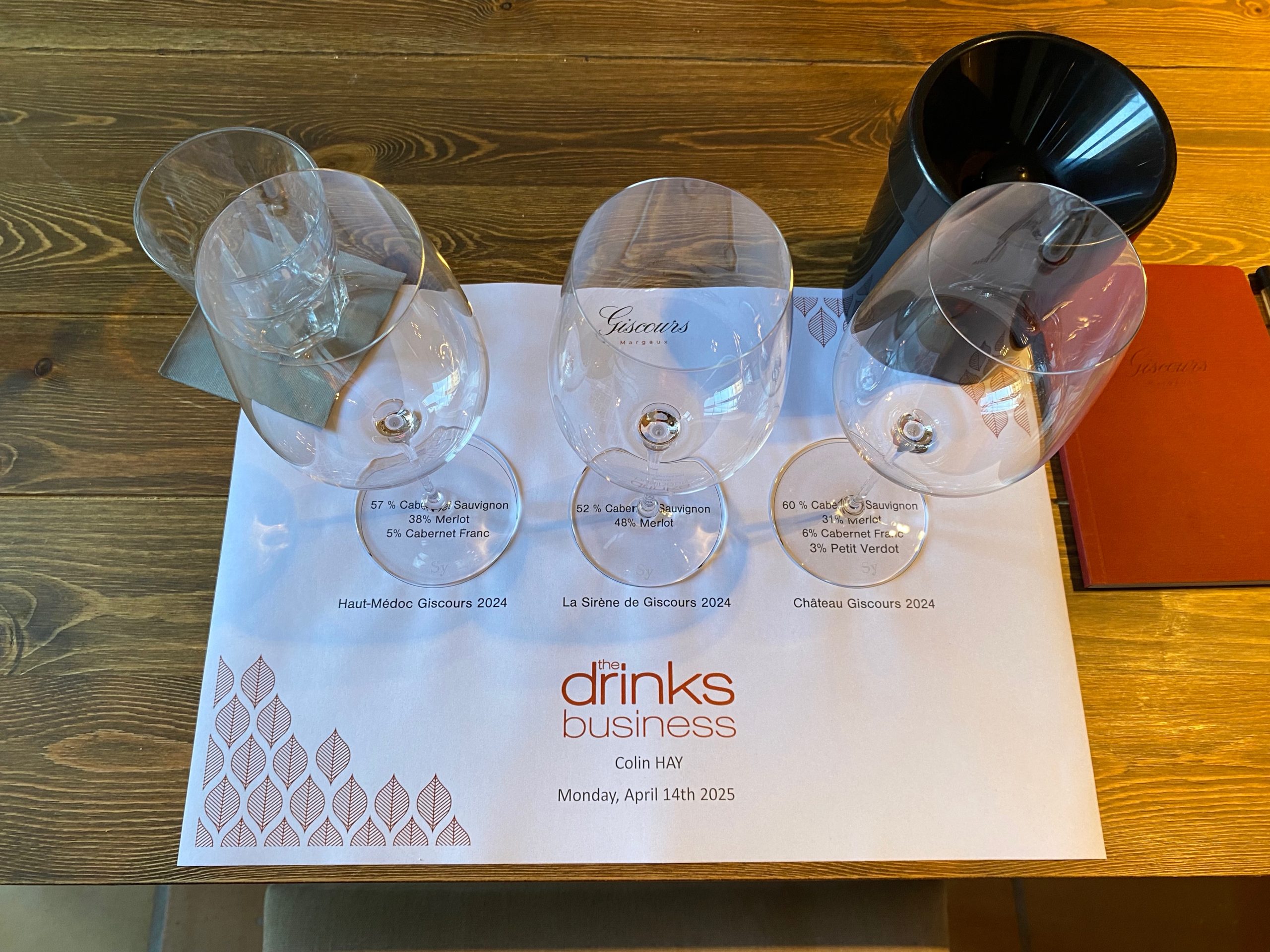Fever-Tree’s chief executive Tim Warrillow received a £1.1 million remuneration package in 2024, reflecting a year of strategic transformation for the business. A new long-term partnership with Molson Coors in the US is expected to unlock scale, efficiency and growth in Fever-Tree’s largest market.

Tim Warrillow, co-founder and CEO of Fever-Tree, was paid £1,090,000 in the company’s 2024 financial year, up from £619,000 in 2023, as disclosed on page 91 of its
annual report. The increase reflects not only base salary and bonus but also long-term incentive plan (LTIP) awards vesting in the period.
Providing context, Fever-Tree’s director of communications, Oliver Winters, told
db: “Tim’s total package comprises his base salary, any bonus awarded for the year and any LTIP awards that vest within the reporting period.”
Winters added that executive directors’ salaries had been “recently reviewed extensively against market practice,” and are now “positioned at the market mid-point, reflecting various reference points including the complexity of the business and the growth and geographic expansion experienced since our IPO.”
Partnership underpins strategic bonus
The remuneration increase is also underpinned by Fever-Tree’s significant strategic developments, most notably the long-term exclusive partnership with Molson Coors for the US. The collaboration,
which came into effect in February 2025, gives Molson Coors control of Fever-Tree’s US sales, distribution and production operations.
Bonus awards at Fever-Tree are linked to a range of financial and strategic metrics, including turnover, EBITDA and a broader scorecard. Winters commented: “The Group delivered a strong financial performance in 2024, with EBITDA increasing by 66% to £50.7m.” This outcome played a central role in bonus determination.
On the strategic side, the Remuneration Committee considered the “significant advancements made in the year which resulted in the long-term strategic partnership with Molson Coors,” said Winters. “This partnership brings various strategic benefits to Fever-Tree, including scale and platform in the US, a step change in investment and local US production.”
Deal with Molson Coors hailed as a step change
Announced on 30 January 2025, the agreement sees Molson Coors acquire an 8.5% equity stake in Fever-Tree, valued at £71 million, and take over the brand’s US operations via a licensing and profit-sharing arrangement. A share buyback programme of the same value began in February.
Warrillow said in the official release: “Today’s announcement marks a transformational step for the Fever-Tree brand in the US... With a national network providing significant scale and muscle, alongside its proven track record, supply chain expertise and clearly stated strategic desire to drive the future of their business beyond beer, Molson Coors are the ideal long-term partner to take the Fever-Tree brand to the next level across the US”.
The Jefferies equity research report echoed the sentiment, describing the move as “a game changer for FEVR’s potential earnings power,” modelling a rise in EBITDA from £50 million in 2024 to £90 million in 2028, with US sales projected to grow by 80% during that period.
Performance steady despite headwinds
In its FY2024 update, Fever-Tree reported revenue of £367.9 million (up 1%) and adjusted EBITDA of £50.7 million, with particularly strong growth in the US, where revenue rose 12% at constant currency to £128 million. The brand maintained a 27% market share in tonic and 32% in ginger beer, according to Nielsen data.
Fever-Tree’s report also pointed to a strong second-half performance, with double-digit growth in the US and consistent market share gains across key territories. Glass and freight costs fell, boosting gross margins by 540 basis points.
Meanwhile, the UK market softened, with revenue down 4%, although Fever-Tree grew share and outperformed its peers. Growth in club soda and the can format helped support overall category strength.
Eyes on long-term uplift
The business expects 2025 to be a “year of transition,” with low single-digit group revenue growth and temporary EBITDA pressure due to upfront costs associated with the new partnership. From 2026 onwards, however, management forecasts double-digit growth in both revenue and EBITDA, as efficiencies and investment begin to pay off.

 Tim Warrillow, co-founder and CEO of Fever-Tree, was paid £1,090,000 in the company’s 2024 financial year, up from £619,000 in 2023, as disclosed on page 91 of its annual report. The increase reflects not only base salary and bonus but also long-term incentive plan (LTIP) awards vesting in the period.
Providing context, Fever-Tree’s director of communications, Oliver Winters, told db: “Tim’s total package comprises his base salary, any bonus awarded for the year and any LTIP awards that vest within the reporting period.”
Winters added that executive directors’ salaries had been “recently reviewed extensively against market practice,” and are now “positioned at the market mid-point, reflecting various reference points including the complexity of the business and the growth and geographic expansion experienced since our IPO.”
Tim Warrillow, co-founder and CEO of Fever-Tree, was paid £1,090,000 in the company’s 2024 financial year, up from £619,000 in 2023, as disclosed on page 91 of its annual report. The increase reflects not only base salary and bonus but also long-term incentive plan (LTIP) awards vesting in the period.
Providing context, Fever-Tree’s director of communications, Oliver Winters, told db: “Tim’s total package comprises his base salary, any bonus awarded for the year and any LTIP awards that vest within the reporting period.”
Winters added that executive directors’ salaries had been “recently reviewed extensively against market practice,” and are now “positioned at the market mid-point, reflecting various reference points including the complexity of the business and the growth and geographic expansion experienced since our IPO.”











